Xiaopeng P7+, 20,000 yuan more expensive?
![]() 11/11 2024
11/11 2024
![]() 530
530
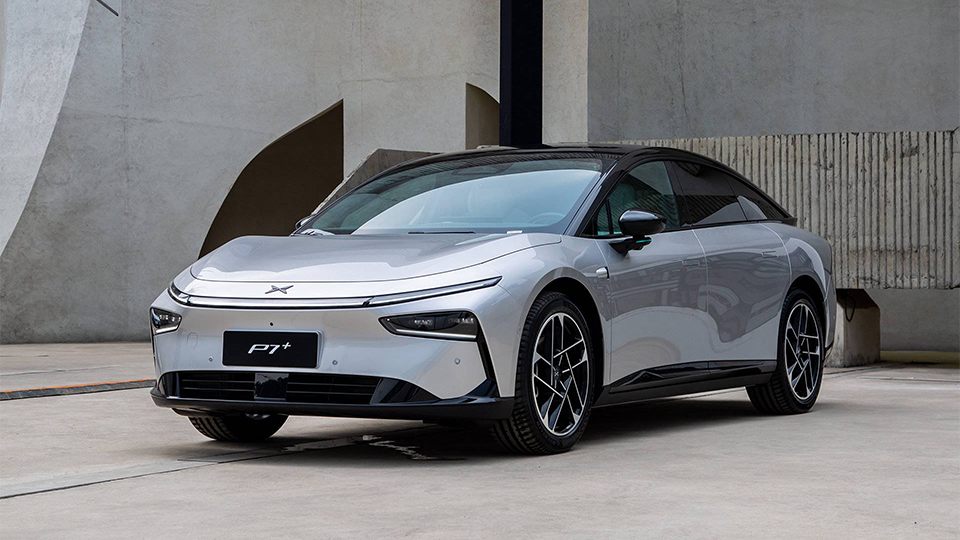
20,000 yuan cheaper than the pre-sale price of 209,800 yuan, He Xiaopeng and his team finally priced the Xiaopeng P7+ below 200,000 yuan. With a maximum discount of 5,000 yuan for trade-ins, the starting price of 186,800 yuan drops to just over 180,000 yuan. This price can be said to be within the expectations of most car owners. Therefore, as of 24:00 on the day of the launch, the Xiaopeng P7+ received over 31,000 confirmed orders. Before this, the Xiaopeng MONA M03, which also received over 30,000 confirmed orders, took 48 hours, while the AITO New M7 Ultra took 20 days. This popularity seems to have labeled the new car as a hit. But how long can this phenomenon last? After all, in the pricing range of the Xiaopeng P7+, competitors in the same segment, such as the Yinhe E8, Star Era ES, Nezha S, and the 2025 BYD Han, which has only been on the market for two months, cannot be avoided. It should be noted that in today's highly homogenized product environment, the difference lies in the detailed experience. If we put aside factors such as single-layer glass for the entire system, fully steel four doors and two lids, the lack of soundproofing cotton and hydraulic rods on the hood, and a non-fully aluminum chassis, does the Xiaopeng P7+ still overprice itself considering its chassis technology, driving control, range, and intelligent driving performance?
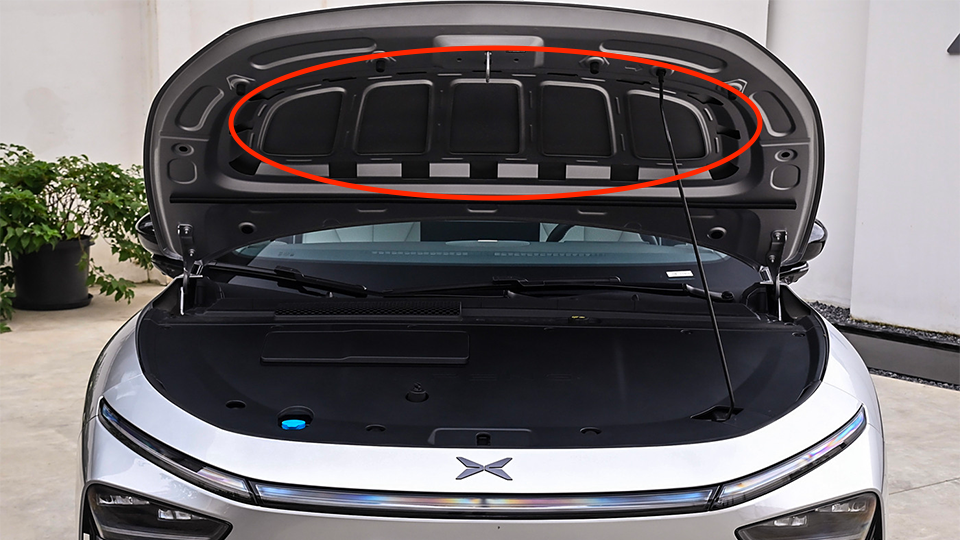
Short L113 weakens the effect of double wishbone suspension, chassis priced at least 20,000 yuan more expensive?
As a C-segment sedan focused on home comfort, the need for ample space is naturally paramount. Xiaopeng's solution for the P7+ is straightforward: following a short L113 design in the overall vehicle design, which means compressing the distance from the front wheel axle to the pedal as much as possible. Therefore, the length of the bonnet is significantly shorter than that of the P7i. Additionally, considering the special structure of the hatchback and the impact on the curve after the C-pillar, the short rear suspension design that affects this curve is no longer feasible here. To create favorable factors for interior space, the main approach left is to stretch the body length. Hence, an axle length of 3 meters and an overall length exceeding 5 meters are necessary prerequisites for nearly one meter of legroom in both the front and rear seats. However, while maximizing space, another variable arises, which affects handling.
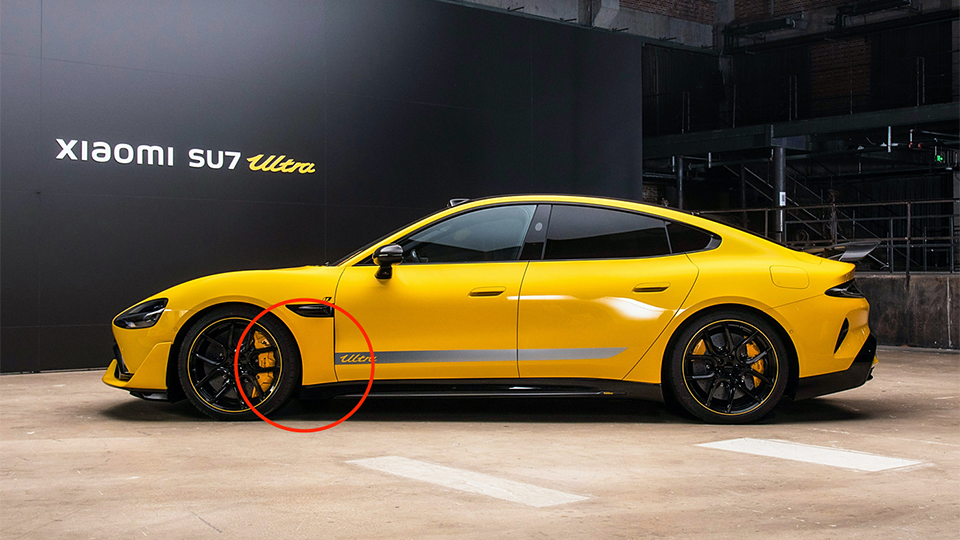
Generally speaking, handling refers to a vehicle's turning radius and stability, which are closely related to the chassis structure, suspension type, and wheelbase length. Especially the wheelbase, as a shorter wheelbase implies a shorter front and rear track, requiring a smaller turning radius. In other words, the handling is more agile. Meanwhile, a shorter design also makes the suspension system more compact, which helps reduce shaking during driving. This is why sports cars and performance vehicles do not have excessively long wheelbases. However, some may argue that a long wheelbase can also achieve good handling, isn't that solved by a short front suspension plus a long rear suspension? While this is true, it is more suitable for fuel vehicles that need to match large engines. Even for electric vehicles, which are easier to design with four wheels at the corners, the shortening of the front suspension is adjusted within an appropriate range. Comparing the Xiaomi SU7 Ultra, NIO ET5T, 2025 BYD Han, and Xiaopeng P7+, it is clear that the distance from the center of the front wheel to the front door hinge of the Xiaopeng P7+ is significantly more extreme. In other words, a shorter front suspension design is not solely for handling but also considers front cabin space, so this argument is not entirely correct.
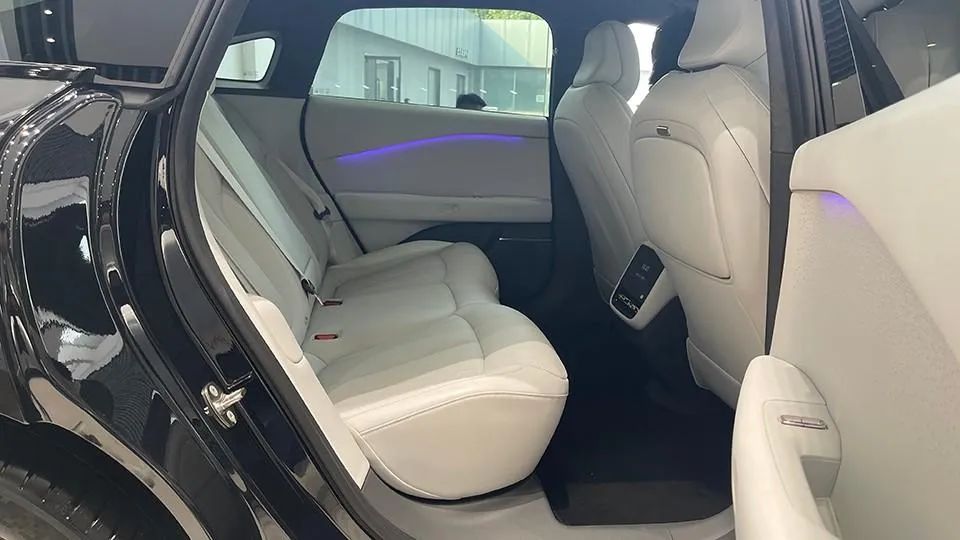
Due to the increased vehicle length and wheelbase, to reduce unnecessary body roll during turns, adjustments can be made to the vehicle's width and height. However, considering ride comfort, the vehicle height cannot be too low. The most suitable approach is to widen the body and use a five-link suspension with a higher comfort limit for the rear suspension. The final result is an increase of 41mm in width and 62mm in height compared to the P7i. After using the relatively extreme short L113 design, the chassis layout of the Xiaopeng P7+ also changes, with the most significant changes occurring in the front axle section.
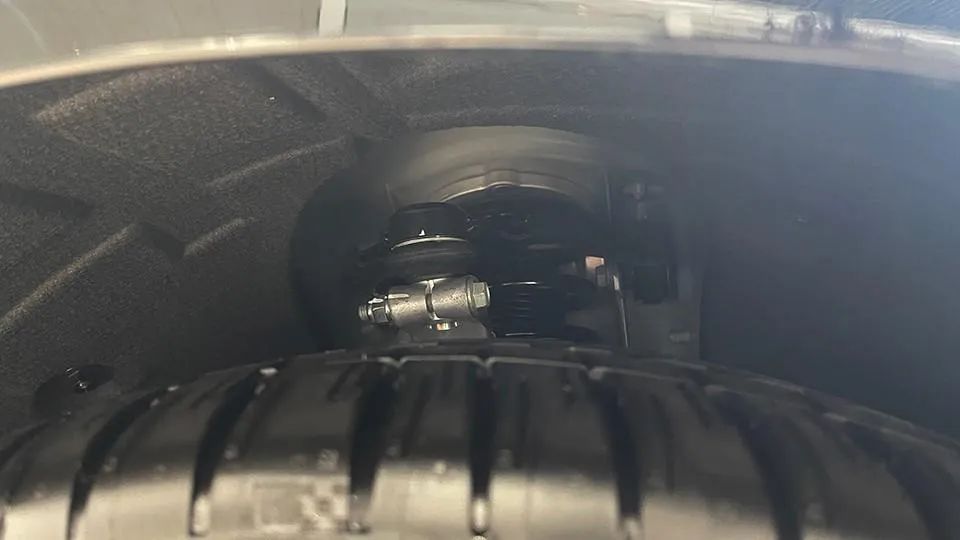
The front cabin becomes shorter and wider. Larger components like the heat pump air conditioning will change position due to the compressed front cabin space. Crucially, the Xiaopeng P7+ uses a double wishbone front suspension, and the hinge points of the upper and lower arms will be squeezed closer to the wheels as the front cabin space changes. This makes the kingpin inclination angle straighter. A smaller angle means a narrower dynamic motion range for the steering wheel, and as the length of the upper and lower arms shortens simultaneously, the ability of the front wheels to return to center weakens. The effect is blurred road feedback and a lighter steering wheel feel. Even with three-level electric adjustment, the sport mode, which should feel the heaviest, does not make a significant difference. Therefore, the double wishbone suspension does not perform optimally. Conversely, a MacPherson suspension with only one lower control arm is actually more suitable for the Xiaopeng P7+.
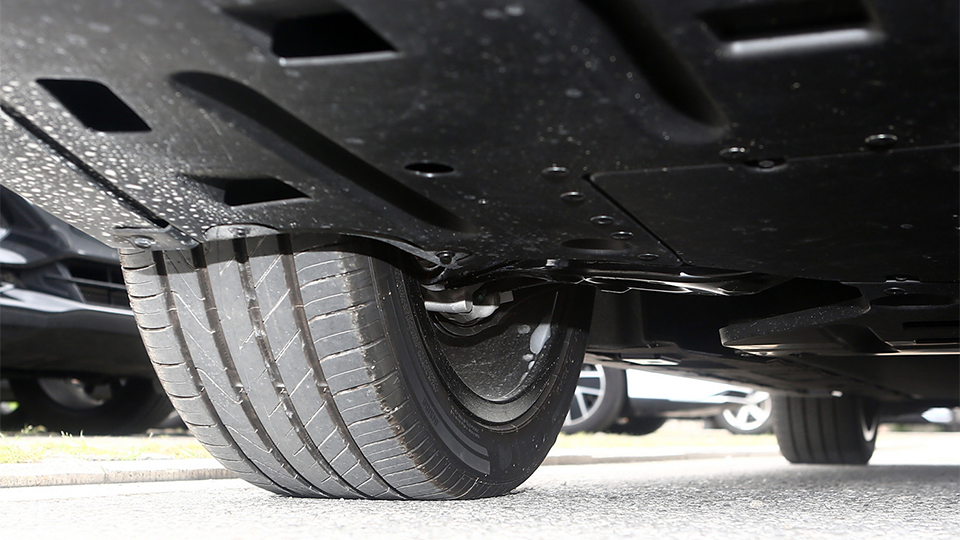
The 2025 BYD Han, also a C-segment sedan, uses this MacPherson suspension for its front suspension. Some may still believe that the double wishbone suspension, with its two lower control arms and A-arm structure, allows for a larger longitudinal movement range of the tires, simply put, a higher handling limit than the simpler MacPherson suspension. However, the 2025 BYD Han's solution is to equip all models with variable damping shock absorbers, which change damping by controlling the oil flow in the shock absorber. The effect is that when road conditions are good, the valve in the shock absorber remains closed, using maximum damping to enhance road feedback and body stability. On bumpy roads, the valve opens to reduce damping within the shock absorber through oil flow, absorbing road impacts and maintaining balanced chassis pressure and force. Although the front suspension material is not fully aluminum alloy, like the Xiaopeng P7+, BYD's price is only 165,800 yuan with this technology as standard. In comparison, the Xiaopeng P7+ is 21,000 yuan more expensive for the chassis, and the 2025 Han offers better comfort.
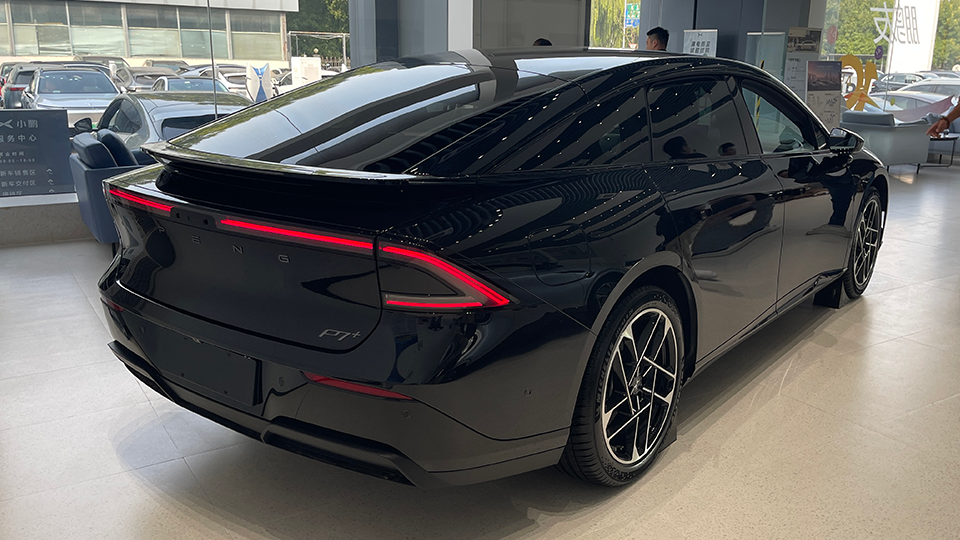
30,000 yuan more than the M03 for the same intelligent driving effect, is the range really at the 150,000 yuan level?
From its unveiling to launch, the main selling points of the Xiaopeng P7+ mentioned by Xiaopeng Motors, besides space, are intelligent driving. The AI Eagle Eye Intelligent Driving System is already available on the MONA M03. To experience the full-featured XNGP, it costs 155,800 yuan. This time, the Xiaopeng P7+ is the second model to carry this pure vision intelligent driving technology. Therefore, in terms of basic perception hardware configuration, there is not much difference between the new car and the MONA M03. Both use two NVIDIA Orin chips with a computing power of 508 TOPS, cameras based on the Lofic architecture with 8 million binocular pixels, 12 ultrasonic radars, and 3 millimeter-wave radars. The functionality of City NOA and Highway NOA is naturally the same, with no differences due to product positioning or configuration.
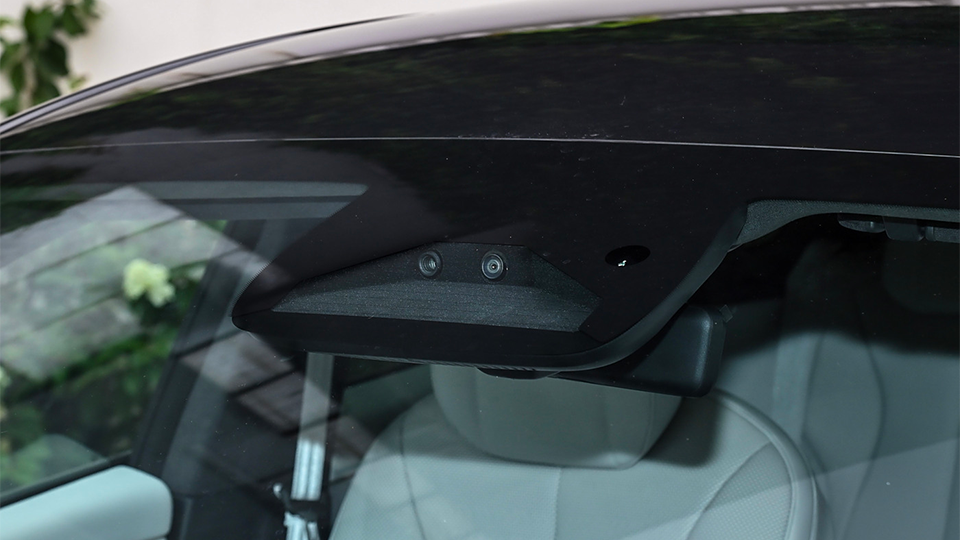
This phenomenon naturally raises a question: how much is Xiaopeng's high-level intelligent driving system worth? After all, the Xiaopeng MONA M03, which already uses this technology, is priced at 155,800 yuan and is said to bring autonomous driving to the 150,000 yuan market. Doesn't the Xiaopeng P7+, with the same intelligent driving effect and a starting price of 186,800 yuan, seem a bit expensive? Or is the pricing of the intelligent driving version of the Xiaopeng MONA M03 actually too low?
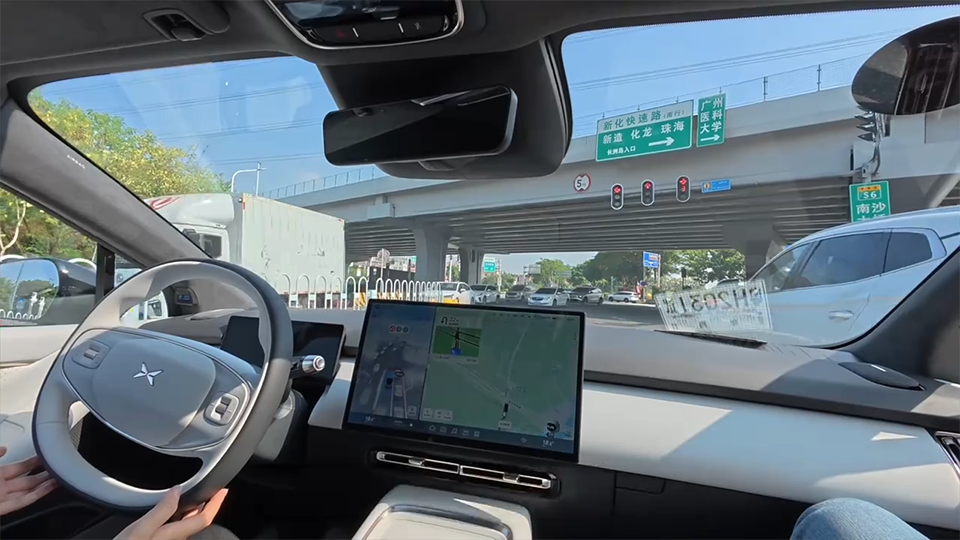
Based on this logic, it is highly likely that Xiaopeng will use chips with higher computing power in subsequent models or upgrade the P7+. After solving the issue of the camera's ability to perceive data under high contrast conditions, there is no need to invest further energy and funds in upgrading other sensors. Regarding this chip, He Xiaopeng recently mentioned at the Xiaopeng AI Technology Day that the computing power of the Turing chip is three times that of the NVIDIA Orin-X (1524 TOPS). However, this comparison is based on NVIDIA's chip level from five years ago. This year, the Thor with a computing power of 2000 TOPS will be mass-produced. Higher computing power enables more advanced intelligent driving functions. Even if we do not consider whether the new chip will increase costs, just looking at the current Xiaopeng P7+, which is 30,000 yuan more expensive than the top-spec MONA M03, with no difference in intelligent driving performance, is clearly lacking in persuasiveness.
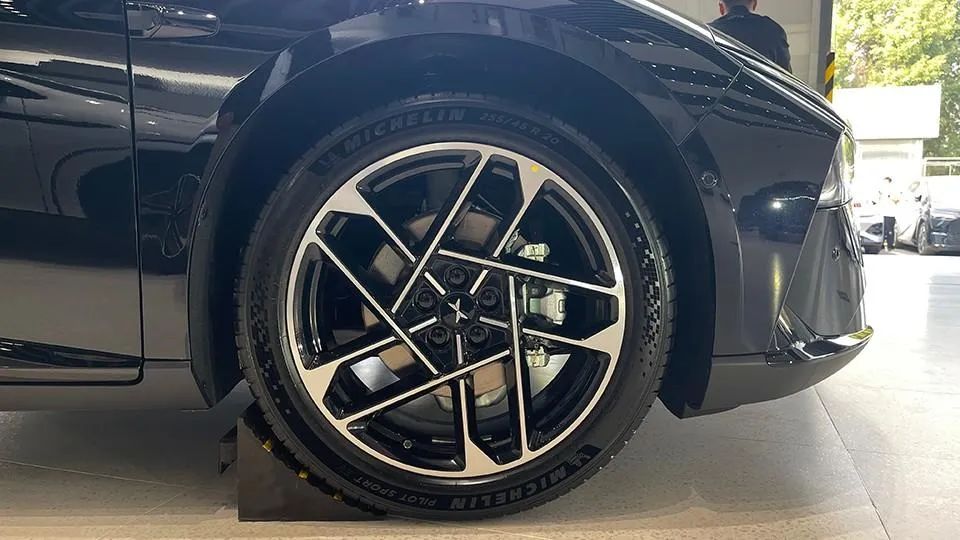
From the perspective of range, the Xiaopeng P7+ has two battery packs: one with a capacity of 60.7 kWh and the other with 76.3 kWh, both being lithium iron phosphate batteries with a maximum CLTC range of 710 km. The version with a range of 685 km differs in that it upgrades the tires from 18 inches to 20 inches and includes a UWB digital key and Alcantara mixed-material seats, costing an additional 20,000 yuan. Coincidentally, the Qiyuan A07, a pure electric C-segment sedan priced at 159,900 yuan, also has a 710 km range version. Its battery pack capacity is slightly larger at approximately 4 kWh and uses relatively more expensive ternary lithium batteries. All wheel hubs are standard with 19-inch rims, even matching the 20-inch low-profile tire configuration of the Xiaopeng P7+. This means that with maximum tire specifications, the maximum range of the Xiaopeng P7+ is at least 30 km less than that of the Qiyuan A07, despite a price difference of around 50,000 yuan.
Isn't the range value of the Xiaopeng P7+ only around 150,000 yuan? However, this is not entirely accurate. In terms of energy management, Xiaopeng has at least introduced some technologies. For example, the AI Smart Power Distribution function reduces unnecessary energy consumption in the low-voltage system. Another example is the active oil-cooled lubrication technology used in the 800V electric drive system, which aims to minimize motor loss and improve energy efficiency. There is also a new SiC power module and the X-HP3.0 intelligent thermal management system that switches natural air based on different scenarios. The effect is that even with a vehicle weight exceeding 2 tons, the energy consumption per hundred kilometers is only about 11 kWh.






